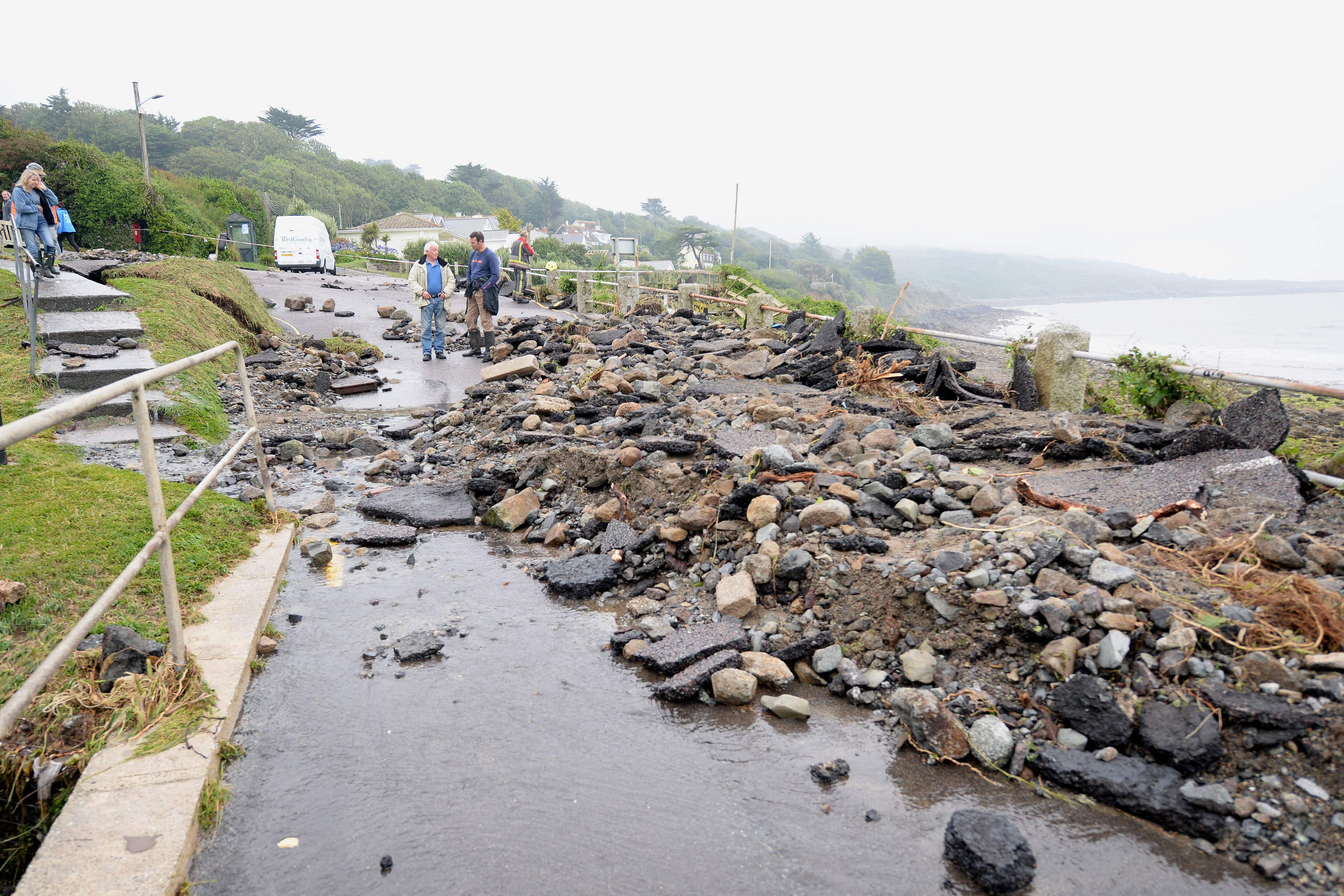Climate change will quadruple extreme rainfall events, study suggests
New research from the Met Office tracks the likelihood of intense rain and flash floods occuring over a 100-year period.

Your support helps us to tell the story
From reproductive rights to climate change to Big Tech, The Independent is on the ground when the story is developing. Whether it's investigating the financials of Elon Musk's pro-Trump PAC or producing our latest documentary, 'The A Word', which shines a light on the American women fighting for reproductive rights, we know how important it is to parse out the facts from the messaging.
At such a critical moment in US history, we need reporters on the ground. Your donation allows us to keep sending journalists to speak to both sides of the story.
The Independent is trusted by Americans across the entire political spectrum. And unlike many other quality news outlets, we choose not to lock Americans out of our reporting and analysis with paywalls. We believe quality journalism should be available to everyone, paid for by those who can afford it.
Your support makes all the difference.Extreme downpours could become four times more frequent by 2080 if greenhouse gas emissions remain high, a new study suggests.
Climate scientists at the Met Office have found that for every degree of regional warming, the intensity of extreme downpours could also increase by 5-15%.
By the 2070s, deluges of more than 20mm of rain per hour could occur four times as frequently as they did in the 1980s. London typically receives about 40-50mm of rain in a month.
In July 2021, 40mm fell on the capital in just three hours, flooding 31 Tube stations and 2,000 properties.
The Met Office researchers said forecasting long-term trends for extreme rain will help planners and policymakers adapt to the changing risk.
Three million properties across England are currently at risk from surface water flooding, with urban areas in steep catchments, such as Hebden Bridge in West Yorkshire, particularly vulnerable.
Using a high resolution model normally used for weather forecasting, Met Office climate scientist Professor Lizzie Kendon and colleagues examined how local weather patterns could change over a 100-year timespan – between 1980 and 2080.
They ran the model 12 times at a resolution of 2.2km which gave them a more accurate picture of how the frequency of heavy downpours is likely to change over the coming decades.
Previously, less accurate, lower resolution models had found a smaller increase of two to three times as many extreme rain events by the 2070s.
Prof Kendon said: “Being able to look at our projected future climate in such detail has unlocked an incredible amount of information and has shown how expected increases in intense rainfall events will actually manifest at local scale and for the coming years.
“Having this level of detail is crucial to ensure that we’re prepared for the possible extremes of the future.”
Our study highlights the complexity of how natural climate variability and human-induced climate change will come together in the extreme rainfall events we experience over the UK
Higher temperatures create more extreme rainfall because warmer air holds more moisture – 7% for each degree – leading to a greater amount of water falling when clouds finally burst.
Much of the UK’s wet weather comes from clouds which form over the Atlantic and are carried east on the jet stream, which is why the west and north of the UK are generally wetter than the south and east.
The researchers found such regional differences in their climate modelling. North-west Scotland for example could see almost 10 times as many extreme downpours in 2080 as in 1980, whereas the south of the UK could see around three times as many.
The modelling also showed that extreme downpours are likely to fall in clusters because of natural climate variability adjusting conditions favourable for their occurrence.
Prof Kendon warned against trying to predict long-term trends through observation, adding: “The observed rainfall record in the UK is fairly erratic with a large amount of variability, these latest projections show that this is likely to continue through the century.
“What we can see from the higher resolution output is an even more erratic frequency of extreme events each year, so this could mean we see clusters of record-breaking intense rainfall events, followed by a period when no records are broken.
“Despite the underlying trend, these pauses in the intensification of local rainfall extremes can last a surprisingly long time – even multiple decades.”
She also said that alongside helping planners and policymakers, the study will be useful for other climate scientists seeking to attribute the likelihood of current extreme rainfall events being caused by climate change.
“Our study highlights the complexity of how natural climate variability and human-induced climate change will come together in the extreme rainfall events we experience over the UK – it is far from a simple picture of more extreme events decade by decade as a steadily increasing trend,” she added.